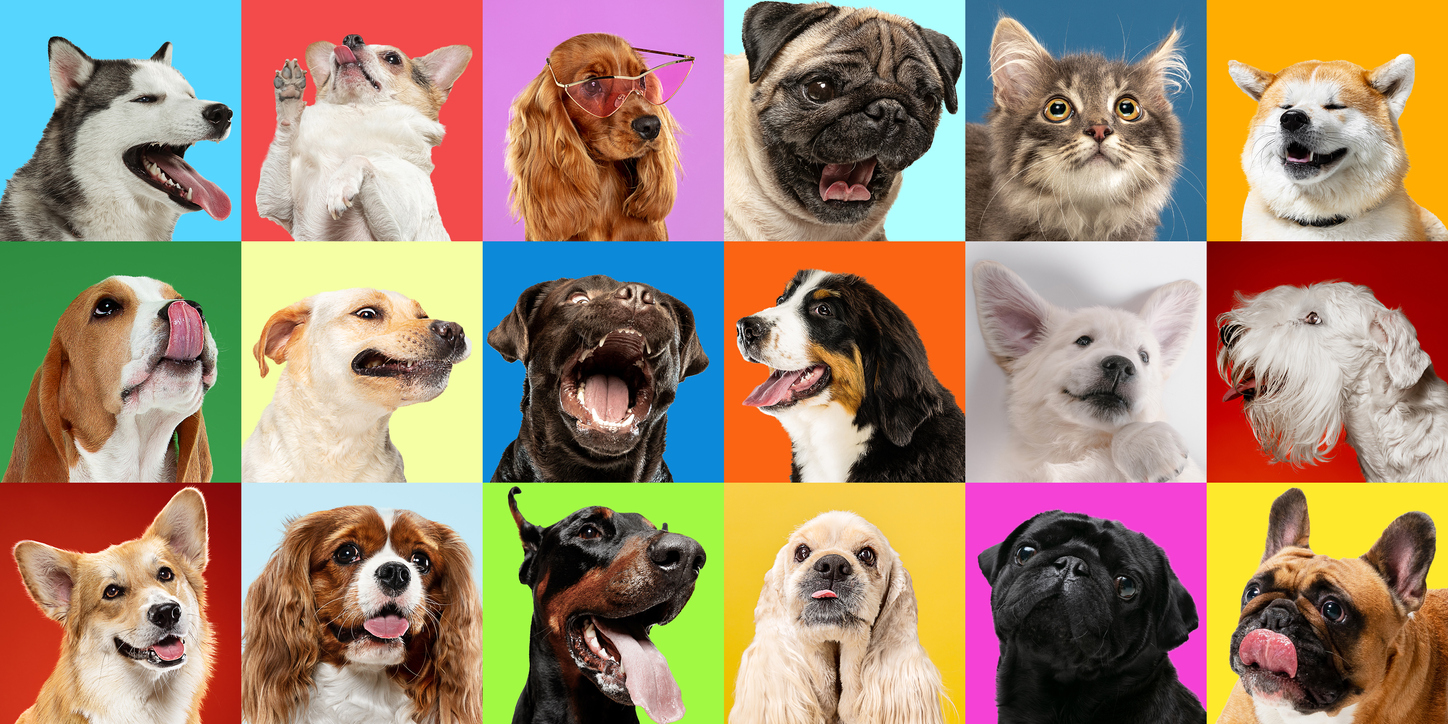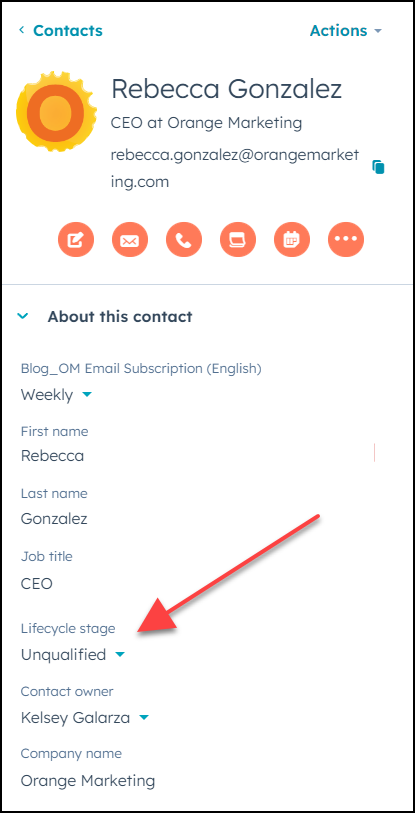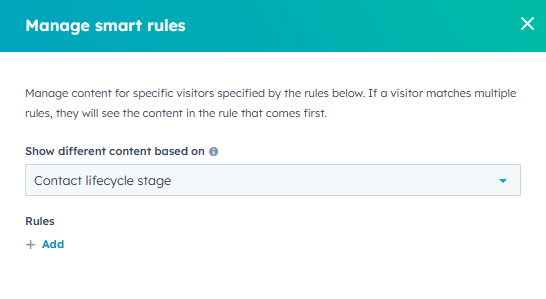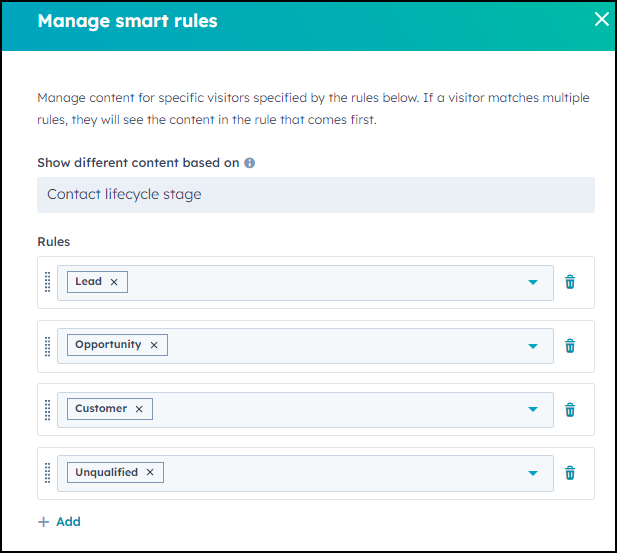3 min read
How To Use Image Personalization And Dynamic Images To Increase Engagement
Brett Kramer
:
May 16, 2023

With so many of us vying for attention in inboxes, we're experimenting with everything from emojis and catchy subject lines to optimal send times to capture our audience's interest. But image personalization is a new kid on the block that many marketers aren't taking advantage of. Here we'll review how to jazz up your marketing with image personalization and dynamic images (aka HubSpot Smart Content) to grab attention and encourage engagement.
What is image personalization?
Image personalization refers to the inclusion of target-specific images in marketing campaigns. These images can be customized based on user preferences, demographics, behavior, or other data points. For example, an e-commerce company can show product images of the user's past purchases or browsing history. This method generally creates a more personal experience for the user, making them feel valued and understood.
Where should I use personalized images?
You can use image personalization in emails, websites, and other marketing collateral. For example, you could have personalized stock photos featuring people from a particular industry shown to specific website visitors returning to your website. Or you can include the logo of a company you are targeting in a B2B email blast, grabbing their attention a little better.
These seemingly small details have a powerful effect on your audience and provide that little extra push they need to reach out and set up a meeting or be more receptive to future messages.
What about dynamic images?
Dynamic images (HubSpot Smart Content), on the other hand, refer to images that change based on specific triggers, such as the user's device, location, or behavior. For example, a travel company can show different images of tourist destinations based on the user's location. This method generally creates a sense of urgency or exclusivity, encouraging users to take action.
How do I add Smart Images to Website pages in HubSpot?
HubSpot's Smart Content feature lets you personalize images in your emails and website pages based on contact properties. This helps improve your email open and conversion rates.
To use Smart Content, you first need to select a contact property that you want to use to personalize your images. For example, you could use a property called "Customer Lifecycle Stage" and populate images customized to the different lifecycle stages that your contacts belong to. In the example below, we have a unique HubSpot Lifecycle Stage of "Unqualified" in this HubSpot instance.

The next step is to decide what property you want to use for your smart rules. We'll start an example below by making a new webpage (although, you can take this action on existing pages too).
We make a personalized page banner for this example using HubSpot's smart rules.
.png?width=700&height=457&name=step%202%20(2).png)
After you click on "Add", you will see a pop up that allows you to choose which category you want to build your "smart rules" around. For this example, we select "Contact Lifecycle Stage".

Once you are here, you can then select the different lifecycle stages (or whatever property you choose) to create varied, personalized content for returning website visitors (or contacts you have in your database that come to your website) that land on this page.
Make sure to click the "Add" button for each selection unless you'd like to personalize the page for multiple "rules".

Once you have made your selections, click "Save".
You will see a dropdown arrow next to "Editing for:". This is where you can customize the website page to be personalized for (in this example) Leads, Opportunities, Customers, etc. You can change the text and background images just like normal to better cater to everyone in these various groups!

Utilizing smart content is a great way to improve your website, showing your contacts that you are interested in their specific interests and needs. This helps you build trust and rapport with your contacts, leading to more leads and sales.
Here are some additional tips for using smart content:
- Use high-quality images that are relevant to your target audience.
- Make sure your images are properly sized and formatted.
- Test different images to see what works best for your audience.
know your audience
To maximize the effectiveness of image personalization and dynamic images, start by understanding your audience. What do they want to see? How can you customize images to make sure the content resonates with them? And don't be afraid to test different strategies to find the approach that delivers the best results.
Overall, image personalization and dynamic images are powerful tools for B2B companies looking to boost engagement and conversion rates. By delivering a personal experience tailored to individual users’ needs, startups can create an emotional connection that drives users to take action.
Help Is On The Waaayyyyy!
If you need help setting up your marketing strategy or increasing the effectiveness of your current efforts, contact us today!
